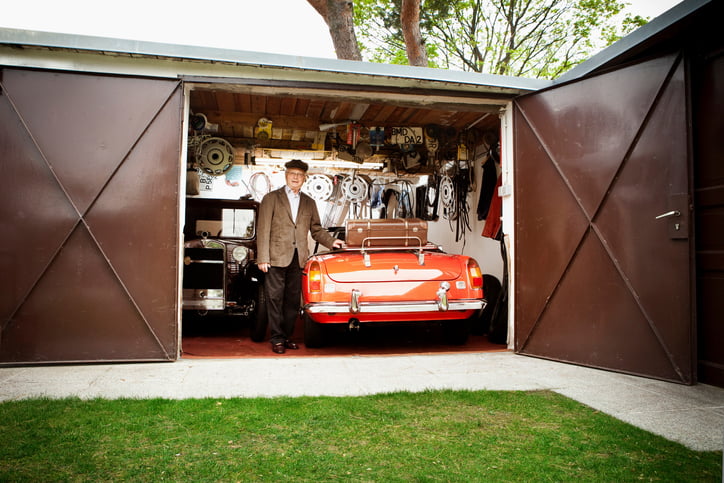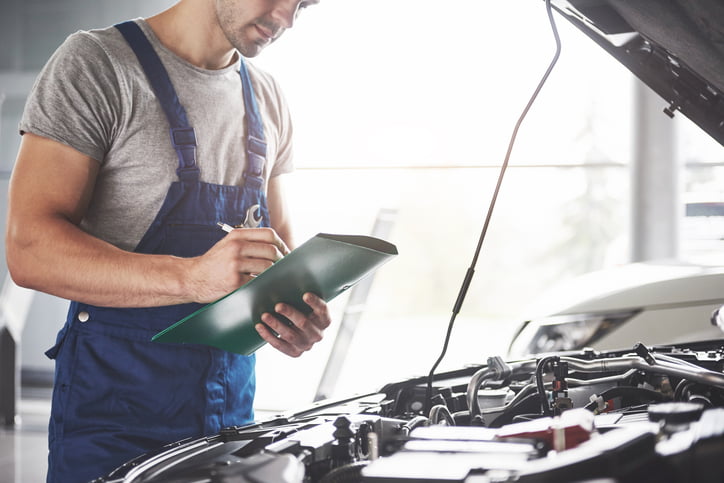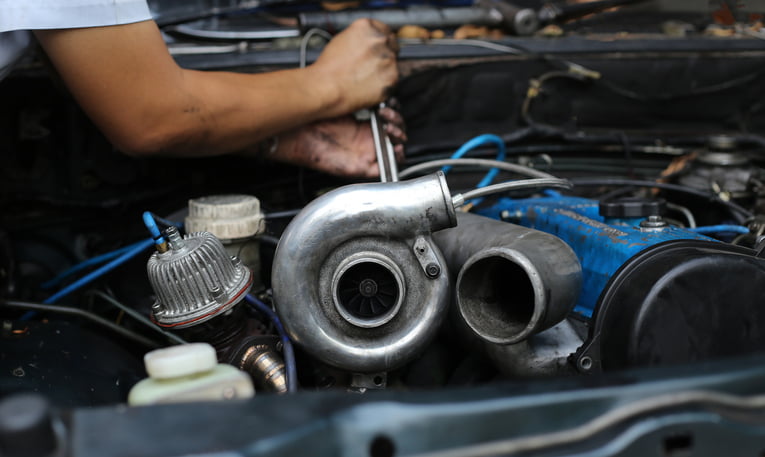Buying replacement components or maintenance products for your car isn’t as easy as it sounds. With so many manufacturers, suppliers and stores out there, choosing the right parts from the right places can be tricky.
Go searching for car parts online and you’ll be amazed at the choice available. But how do you choose between cheaper and premium brands? And what should you consider before putting price ahead of quality, and vice versa?
In this guide, we’re taking a look at the pros and cons of buying premium vs own-brand car parts, so you can make an informed choice when it comes to your next maintenance purchase. We’ve included OEM (original equipment manufacturer) parts within the premium category, in case you prefer paying extra for parts solely made for your car.
Premium and OEM Car Parts
Premium car parts and products sit at a higher price point than own brand, mainly because they more closely resemble the parts that came with your car off the production line (especially OEM). But should you pay for them or opt for cheaper alternatives? Let’s take a look at their pros and cons.
Pros
- Quality materials – as you might assume, premium and OEM parts are made from the very best materials, so quality and performance are assured.
- Longer-lasting durability – with quality comes durability, meaning you may need to replace premium and OEM parts less frequently than own brand (though this isn’t guaranteed).
- Protected by a warranty or guarantee – some premium and OEM parts have long warranty and guarantee periods, meaning you could receive a free replacement if a part develops a premature fault. This isn’t a luxury you get with cheaper, own-brand parts.
- Assurance of compatibility – if you opt for OEM car parts, there’s an absolute guarantee that the parts will be safe and effective to use in your car. When buying own-brand components, there’s always a risk that the part may be incompatible or doesn’t quite offer the performance you’d expect.
- May extend the life of other components – by investing in quality replacements for your car, this may take the strain off other parts under the bonnet, meaning fewer trips to the garage and less money spent on repairs.
 Cons
Cons
- Expensive – an obvious but important point to note: OEM and premium parts carry a high price tag, so if you’re on a tight budget it could be worth shopping around.
- May have to be bought from a specific retailer – this point applies more to OEM parts, which are generally only available direct from manufacturers and dealers. There’s limited option to shop around when buying premium and OEM, so you could end up paying well over the odds compared to the next best own-brand component.
- Cost of fitting may be higher – further to the above point, some OEM and premium parts can only be fitted at your car’s original dealership, potentially meaning a more expensive repair.
- Hard to discern difference in quality and performance – price doesn’t always equal longevity, so consider how much you’re willing to pay for a few months of additional driving before a part needs replacing. There may be little discernible difference in quality between a premium or own-brand component.
- Difficult to find depending on your car’s age, make and model – over time, you may have to rely on own-brand aftermarket parts, as manufacturers typically only make spare parts for a certain amount of time.
Own-Brand Car Parts
For those running a car on a budget, own-brand car parts have been a great addition to the market, offering an affordable way to keep your car chugging down the road.
Here are the pros and cons of own-brand car parts you need to know.
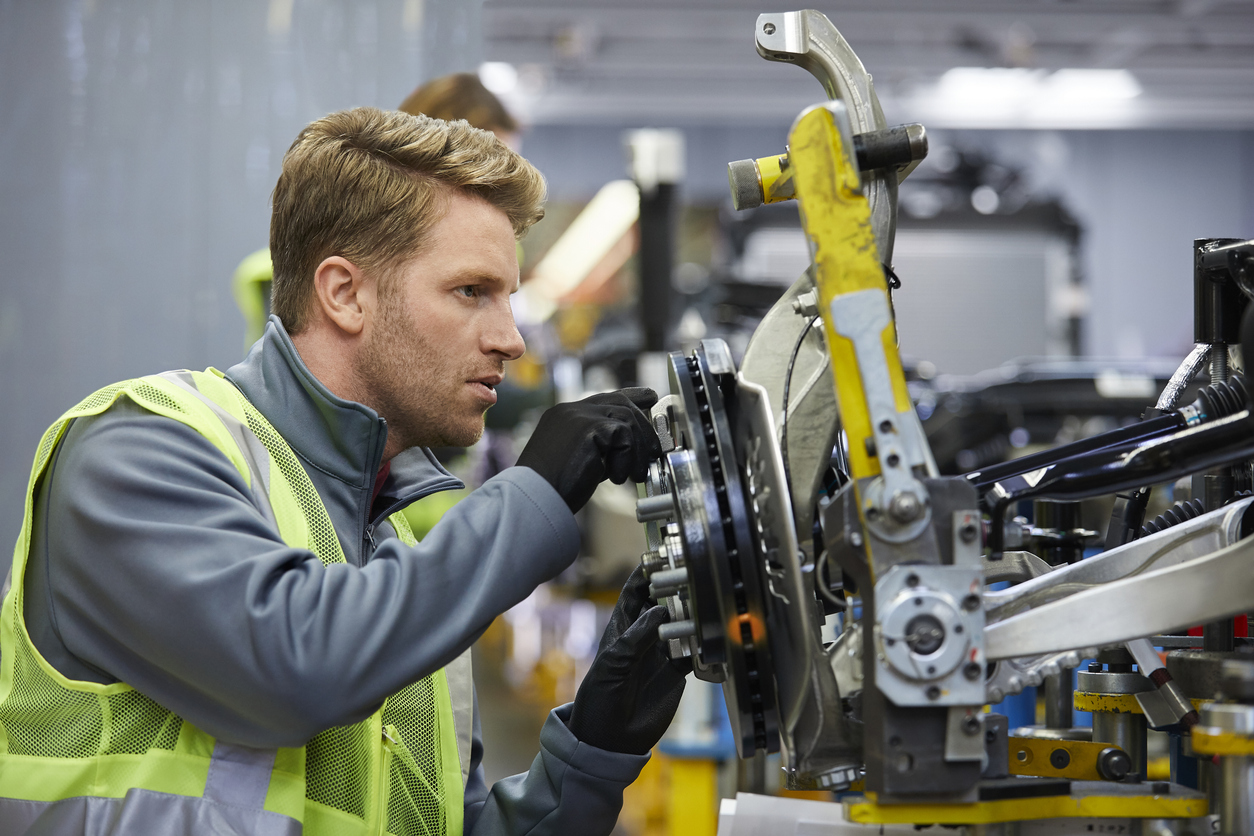
Pros
- Cheap – by far the most attractive aspect of own-brand parts is the affordable price point. The equivalent own-brand part often comes in at a fraction of the cost of OEM, so you could make significant savings over the lifetime of your car.
- Huge range of options – when it comes to buying own-brand, there’s an enormous choice available, with different price points within this sub-section of components. That means you can pick and choose the parts that suit your budget and car usage.
- Good choice of retailers – whether you’re buying online or in-store, you should be able to find the parts you need quickly and easily. That means cheaper prices and total convenience.
- Can be fitted at most garages – there’s no need to return to the original dealership to have own-brand parts fitted; your affordable local garage should be able to sort you out with the parts and fitting you need.
- Always readily available – OEM and premium parts aren’t always available, so you could be left waiting to get your car back from the garage. This isn’t the case for own-brand components, with a decent stockpile and plenty of options to choose from.
- Quality is often comparable to premium and OEM – while it’s widely assumed that OEM parts offer the best durability, often own-brand parts are made from exactly the same materials, just without the label. Think of it like designer vs normal clothes – you’re often just paying for the badge.
Cons
- May not be as durable – on the flipside to our last point, own-brand parts aren’t always the most durable, and there’s a massive variance in quality depending on the manufacturer. That means parts may need replacing more often, offsetting any potential savings. Our advice? Always read product reviews before you buy and try to avoid the cheapest of the cheap.
- Overwhelming choice – sometimes you just need a new part fitting without the legwork of choosing one, so it can be more convenient to opt for OEM, even if it means paying slightly more.
- Lack of warranty and guarantee – some own-brand parts are supplied without a warranty or guarantee, meaning you could be left out of pocket if a component fails half a mile down the road. Ask the supplier for warranty and returns information before you buy.
- May invalidate your car’s existing warranty or finance agreement – if your car is under a manufacturer’s warranty or you’ve bought it on finance, buying anything less than OEM parts could invalidate the agreement. Check the small print carefully to make sure you don’t inadvertently invalidate a warranty or finance contract.
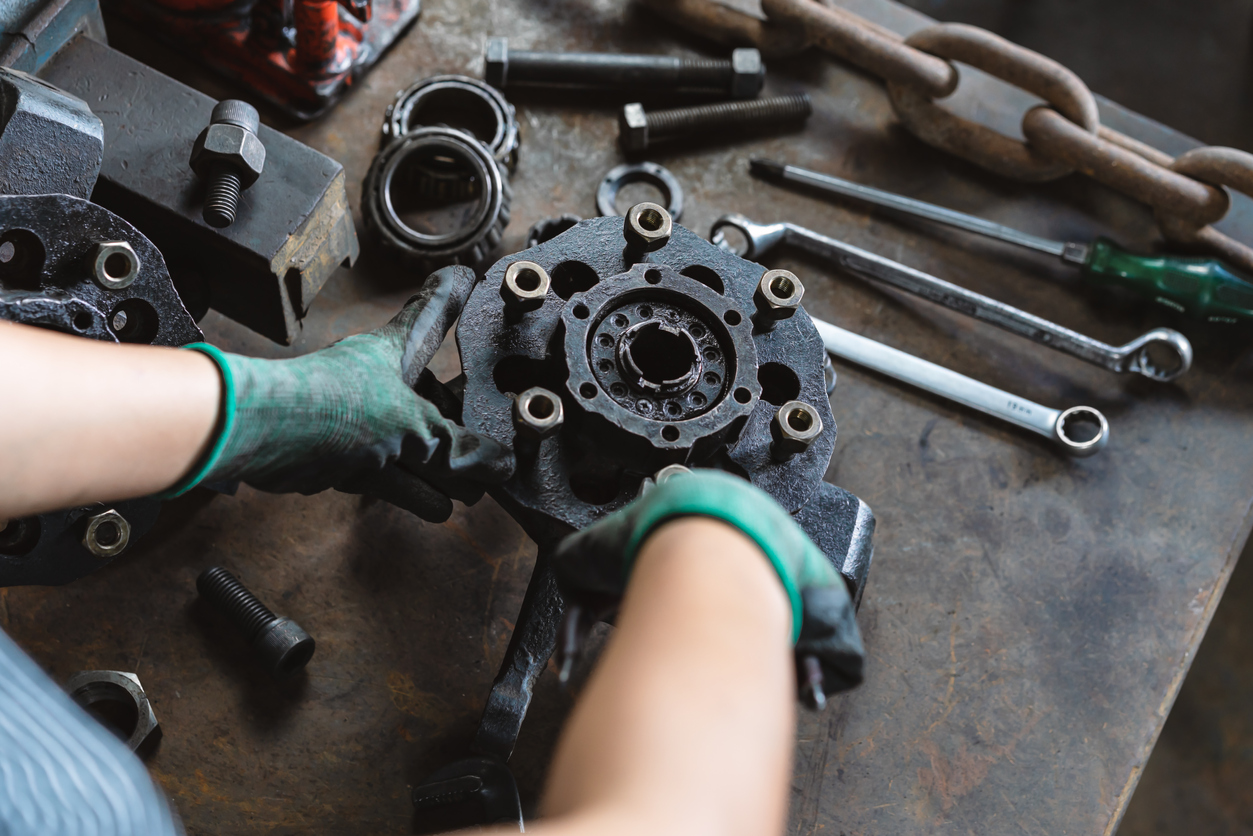
Tips for Buying Replacement Car Parts
Whether you’re new to car ownership or need advice on the right parts to buy, take a look at our tips on buying replacements below:
- Don’t feel pressured to buy premium or OEM parts – a dealer or garage may recommend more expensive parts as a means of making a sale, but that doesn’t mean an own-brand alternative couldn’t do the job. Stick to your budget and don’t be afraid to walk away if they can’t offer what you want.
- Always read reviews before buying car parts – whether you’re opting for own-brand or OEM parts, reading reviews first will help you determine the cost benefit of choosing a certain component.
- Double-check the compatibility of premium and own-brand parts – if you’re buying parts that aren’t made by your car’s original manufacturer, double-check that they’re compatible and safe to use in your vehicle. Don’t rely on website registration plate checkers, do your research and check the user manual if in doubt.
We hope this guide helps you find the right replacement parts for your car. For more motoring and car maintenance tips, click here to explore the Redex blog. Or if you’re interested in our fuel additives and system cleaners, visit the homepage for our full product range.


